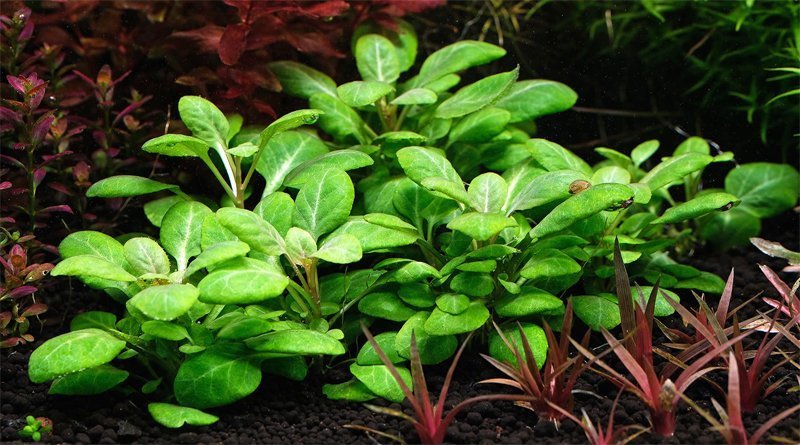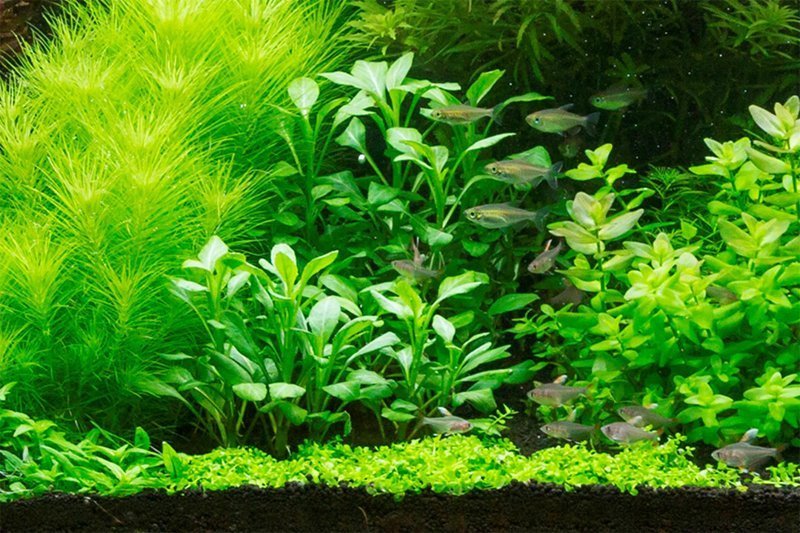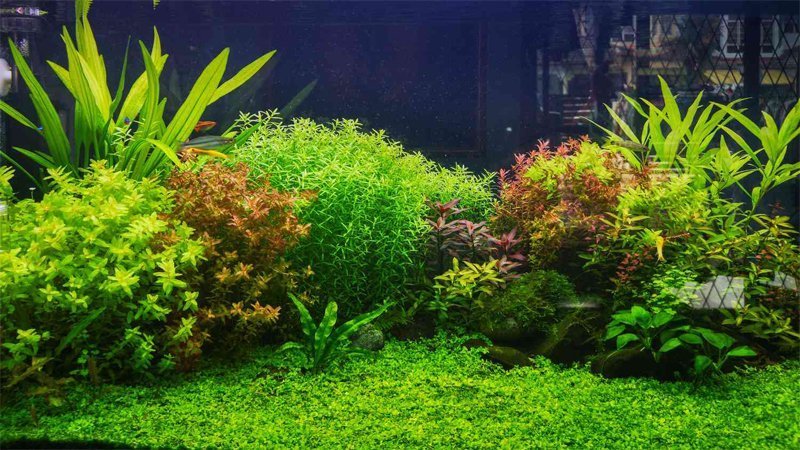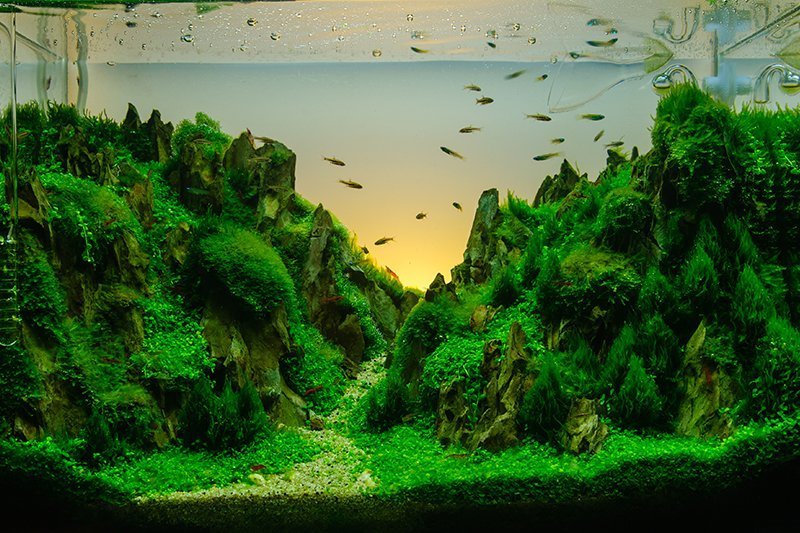The Lobelia cardinalis, which is native to the woodland wetlands, savannas, grasslands, and open woodlands in eastern parts of North America, is a perennial herbaceous plant that belongs to the bellflower family, Campanulaceae. It is known to possess such a beautiful red flower, which is the actual reason for having earned the name ‘Cardinal Flower’ at all times and in all instances. The scientific name of the plant is dedicated to the Flemish botanist Mattias de L’Obel, who was known for his major contributions to the understanding of plants in the 16th century. Cardinal Plant:

Origin and Habitat: Cardinal Plant
Lobelia cardinalis has its geographical range from southeastern Canada to the eastern and southwestern U.S., including southern Mexico and up to North Columbia. What it is naturally adapted to are wet and marshy areas around streams, ponds, swamps, and marshes where it is supported by medium to wet soils. It does so from full sun to partial shade, perennially the most intriguing feature along the river’s banks.
Plant Description: Cardinal Plant
The plant has a height of 2 to 4 feet and the leaves are found at the base of the plant, extending long and thin lance shapes, deep green leaves. Not only may alternate positions with stems but also some leaves are brownish or reddish due to some reasons. Lobelia cardinalis species bloom in late summer through mid-fall and produce beautifully red two-lipped flowers measuring 2 inches with long flower spikes. These flower spikes project well above the foliage. In addition to being an appeal to the eyes, these flowers attract all those pollinating species like hummingbirds, butterflies, and others.

Cultural significance: Cardinal Plant
For certain Native American tribes, this herb´s uses were for ceremonies and included medicine. For eg., the Iroquois employ the Cardinal flower in treating diseases such as fever blisters, abdominal spasms, and gastrointestinal problems.
Aquarium use: Cardinal Plant
The dwarf, or mini, form of Lobelia cardinalis is superb when cultivated underwater, proprietary for its neat size and good green leaves, growing underwater. The stem is usually seen as a midground or foreground plant in shrimp / Dutch aquariums due to its fascinating leaf shape and coloration. Its well-being is considerably affected by additional CO2 and thorough lighting, however, it can also produce satisfactory results with partial coverage.
Conservation: Cardinal Plant
Lobelia cardinalis is not being regarded as an endangered species, but the integrity of their wetland habitats is threatened by all the runoff impacts of construction and pollution. Efforts of conservation are crucial in maintaining the critical processes that these ecosystems provide for their inhabitants.
This explanation, of the Lobelia cardinalis, its appearance in The Wild, as well as its importance to the ecology and culture of the place, is expanded. For a more detailed raising and transplantation, you can consult a recommended source.
Animalarium Extent – Cardinal Grass
Providing the right conditions for planting Lobelia cardinalis in an aquarium can’t be overstated as it’s essential for its growth and well-being. Here’s an expanded look at the aquarium requirements for this beautiful aquatic plant: Capitaliske Stein

Minimum tank size: Cardinal Plant
With Lobelia cardinalis, 5 gallons is the preferred minimum size to provide it with enough space to showcase its full beauty and health. Small tanks, which can quickly become crowded, are the most popular. They become crowded, especially when the plant starts broadening and spreading. Along with giving more opportunity for plants to grow, a bigger tank is an excellent addition to the water parameters stability which is very important for plants’ health.
Difficulty: Cardinal Plant
Lobelia cardinalis is known to be a plant that can be dealt with not so much effort involved. This makes it an ideal plant to be brought by newbie caretakers. Its capacity to withstand and adapt easily to the cycling of waters makes it an excellent algae-first for beginners.
Lighting:
However, Lobelia Cardinalis requires lighting that ranges from fairly high to intense to flourish. Adequate lighting in turn enhances photosynthesis, a process through which plants thrive, and this is responsible for their bright and lush greens. If the lighting is dim the plant may become lanky and lose all the nutrients it needs to grow.
Optimal pH:
Lobelia cardinalis is suitable for soils with pH 6.0 and 7.5 as the primary variation range. Such a mild acid to neutral pH range resembles the environment, which makes mineral absorption easier. There should be frequent monitoring and control of the pH so that the plants can have the best conditions possible.
Water hardness:Cardinal Plant
Water soft to moderately hard, with 2-12dGH as a degree of hardness, is considered favorable for Lobelia cardinalis. When water has a higher concentration of minerals than what the plant needs, it is hard water. On the other hand, soft water contains very low amounts of minerals that the plants can absorb and hence inadequate for plant growth.
Temperature:
Lobelia cardinal’s temperature range should always fall between 61 °F (16 °C) and 79 °F (26 °C). The spectrum of temperatures ensures that the plant lies in a favorable zone where it isn’t either too hot or too cold. This enables it to carry on its normal activities undisturbed.
Substrate:
Red cardinal flowers do not choose any type of soil in particular and are very much contented with any substrate. On the other hand, rich nutrients in the root stratum may also be beneficial in root health, resulting in the plant growing vigorously.
Growth rate: Cardinal Plant
The growth pace of Lobelia cardinalis is dependent on the type of environment that it is grown in, for example, emersed or submerged. Submerged growth is commonly observed to be either slow or moderate. Oppositely, the emersed growth rate is usually run between moderate and half-fast. This growth rate can be affected by things like light intensity, CO2 enrichment, and nutrient levels in the medium.
Placement in the tank:
By and large, Lobelia cardinalis is situated on the bottom part of the middle ground of a water aquarium. However, it stands out as a conspicuous focal point because of its distinctive look. Its place should be purposeful to make room for any bulbs to rise and complete their natural growth without interfering with others’ plants.
Complying with the expectations thus establishes the firm groundwork of a lively and healthy aquatic addition to your home.
Lobelia cardinalis, a special plant with the common name Cardinal Flower, is a plant that possesses some remarkable features that are surprising to look at in either a garden or an aquarium. Here’s an expanded look at its plant characteristics: This plant is found in Tropical and Subtropical zones, and it prefers to nest in deep forested areas or thickets close to the forest boundary. Also, it is worth mentioning that the cardinal plant is both a host and food plant for butterflies known as the swallowtail.
Size: Cardinal Plant
Lobelia cardinalis prospers with a size of about 10 – 20 cm (4 – 8 inches) in a tank, as typical. This small size is the most advantageous feature for it being used in nano tanks (up to desktop ones) and community tanks as well. At its best in the natural habitat or garden, the tree reaches up to 4 feet (120 cm) tall and provides a stunning lineup of beautiful flowers.
Appearance:
This perennial herbaceous plant has been saved for its vibrant green leaves that offer a concerted canopy under the water while opening up more space above the waves. Leaf shape is linear / or paired, finely baysed, and grows to a maximum of 8 inches long. The stems of Lobelia cardinalis may be tinted in different shades of red. This can provide a contrast of colors other than the green hue of the surrounding foliage. At flowering, there appear pinkish or carmine spikes, which are closely clustered and hold about 2” long, bilabiate crimson blossoms, a lipped bird caught at the mouth, from the middle of summer to the beginning of autumn.
Growth Habit: Cardinal Plant
Water Lobelia can be grown emersed, which means above the water surface, and it is known to have a growing rate that is much faster and even the blossoming process could become easily noticeable. When in flooded conditions, it may bloom to provide brilliant red flowers that not only have nice views but also attract several pollinators such as hummingbirds and butterflies.
Aquatic adaptation:
In an aquarium, Lobelia cardinalis does not float as other Lobelia species do but is rather immediately planted in the substrate. It can grow in a clump formation which makes it stick and this way it can give an aquarium a more orderly appearance. This specificity enables it to be in the bottom, as it does not prevent water surface light from piercing through or interfering with other plants.
Cultivation and Propagation: Cardinal Plant
The main vine is likely to be propagated using cuttings that are taken from the main stem and stored in the substrate. This sets the pace for convenience in the selection, purchase, or creation of a full look for gardens or updated aquariums.
Environmental impact:
When Lobelia Cardinalis is growing in the wild, it is also a valuable part of the ecosystem as it gives the rest of nature its habitat and the food it carries. Streamside and wetlands are the crucial parts of biodiversity and health of the wetlands as well as the banks of the streams containing the coral reefs.
However, when these characteristics are well-known, the same person has a better way of appreciating the beauty and the variegation of Lobelia cardinals. A different person can use it as a decorative plant in an aquarium or as a vibrant plant in a garden landscape. These components make it a classic for plant lovers who like to give a touch of uniqueness to them.
To maintain Lobelia cardinalis plants in aquariums, a few practices are required to ensure that they grow to their full potential and appear vibrant. Here’s an expanded look at the care and maintenance of this aquatic plant: Point Cardinal Shubhaphalem.
Fertilizer: Cardinal Plant
The plants of Lobelia cardinalis fertilizing program is enriched regularly. Water, in a tank environment, the macro as well as microelements should be supplied from the same liquid fertilizer. Hence, the plant’s green color for its photosynthetic process will also be maintained. This way, its leaves will continue to hold their bright green coloration. The fertilization should be provided according to the recommendations provided in the product’s labels every week to get the maximum yield without nutrient deficiencies.
CO2 Supplementation:
Wherein, CO2 is not required for the survival of Lobelia cardinalis, however, it is very beneficial in making its life easy, particularly when the plant is grown in a submerged condition. Incorporating CO2 might strengthen plant growth, result in better coloration, and will be determinative for healthier plants. After CO2 addition to the aquarium make sure that the distribution of CO2 is even and remains on track to step-by-step monitoring to protect your tank inhabitants.
Propagation:
Lobelia cardinal’s upper hand in propagation is that it’s easy. It can be done by slicing off the upper part of a stem that is in good health and placing it into a multiple substrate. You may see the birth of lateral shoots that can be separated and cropped separately as well. Besides the mentioned Lobelia cardinalis seeds, seeds can also be propagated if cultivated emersed. The method though could be less frequently used in aquarium settings because the controlled conditions permitted for seed germination and the subsequent growth of the plant are very difficult to guarantee.
Pruning:
Frequent pruning is necessary to retain the selected form of the Lobelia cardinalis and to encourage strong, bushy growth. This ensures that, as it grows, the plant does not shade out the other animals and plants living in the aquarium. To prune correctly, utilize sharp scissors to make neat cuttings for stems, which will enable the plant to endure very well and resume its growth process. Trimming is the only thing that should be taken on a step-by-step basis depending on the type of plant, growth rate, and the personal desire of the aquascape.
Additional Care Tips: Cardinal Plant
- See that the plant has enough lighting because this influence is very important for the wellbeing and color of the plant.
- One of the most critical elements in hydroponics is to maintain stable water parameters, which are crucial for the plant’s health and achievement of optimal growth.
- Monitor closely the plant for any visible signs of nutrient deficiencies and pests to prevent the continuing time of these diseases and forages.
Combined, we can keep on watching the majestic beauty of Lobelia cardinalis in our aquarium with the help of these care and maintenance steps. Its scintillating features and ease of maintenance make it a favorite in the category of aquarists who are always craving extra elegance for their underwater settings.
Conclusion – Cardinal Plant
To wrap up, (plant, these are cups among multiple flavors.) The (cardinal/lobelia) cardinal plant (Lobelia cardinals) is a dynamic one that comes in a wide variety of colors. Its distinctive red matches and various growth patterns have appealed to aquarium lovers as they find peace of mind in creating a native underwater climate. Although it is relatively easy to keep and can do fine in aquariums with water capacity as low as 10 gallons, it requires moderate to high lighting to do well. For optimal growth, it has an advantage when carbon dioxide (CO2) is injected into the water. This plant can be created either by subadapting its color and form to the environment by emersed or submersed respectively. It should be emphasized that although some kinds of Alternantherareineckii ‘Cardinalis’ are authentic aquatics, that is, plants that remain in the water for a very long time, the showy cardinal Lobelia cardinalis may not be fully aquatic. On the other hand, experienced aquarists often prove this difficulty as they make it happen in their tanks by growing this lovely plant that changes the aquarium into the ocean with remarkable greenery, integrating it into a diverse, healthy aquatic ecosystem.
